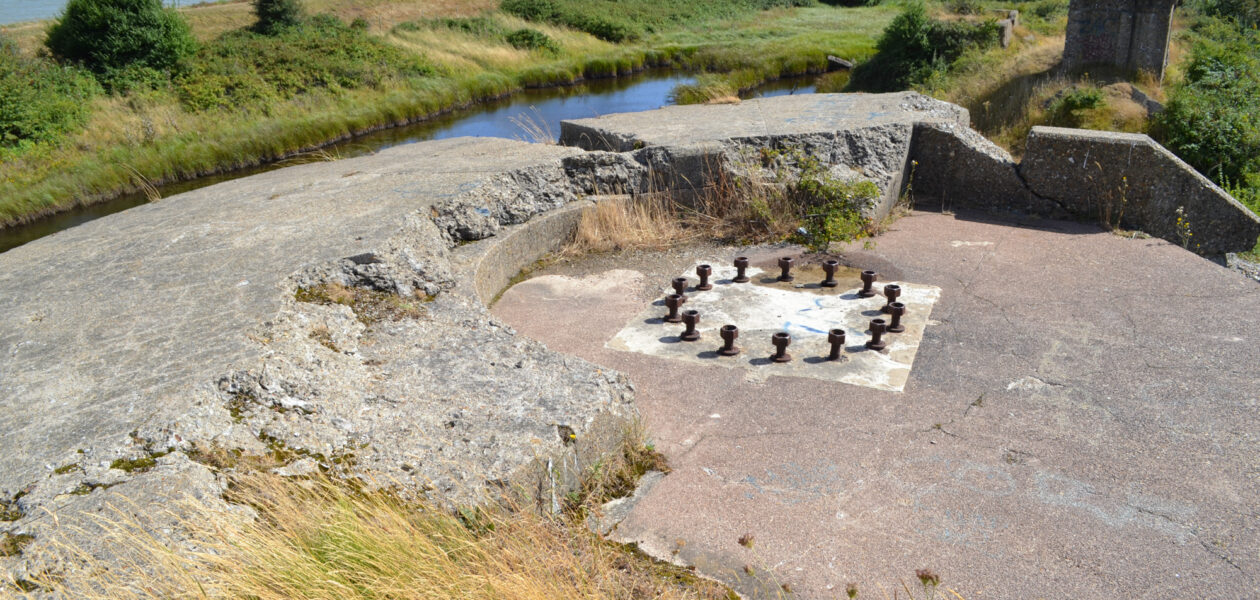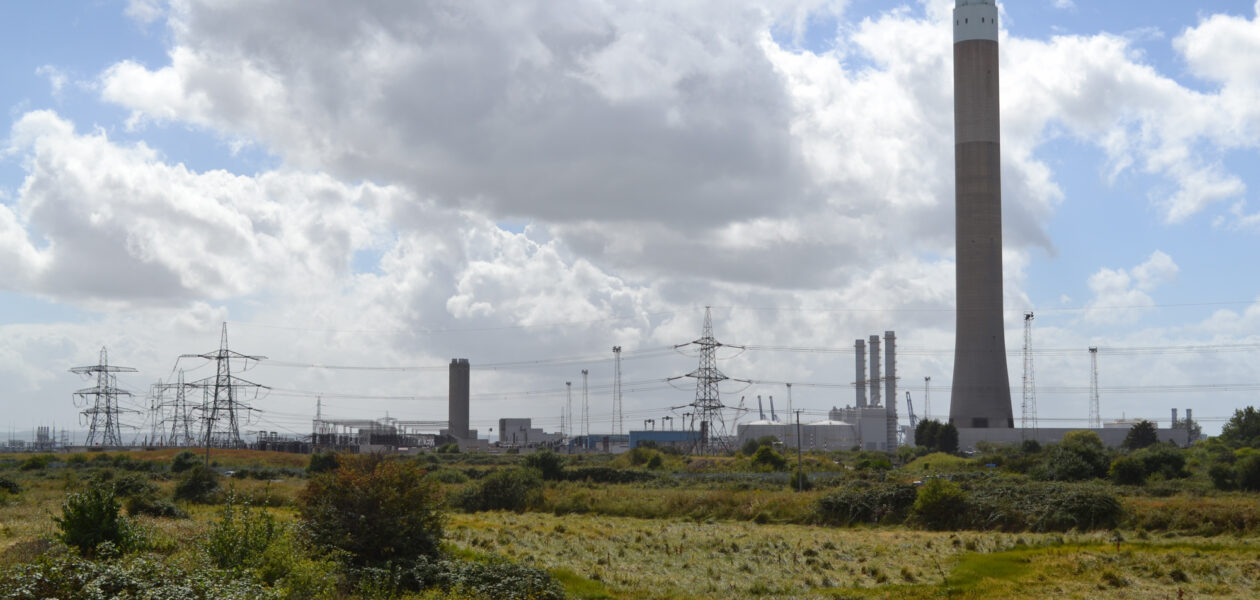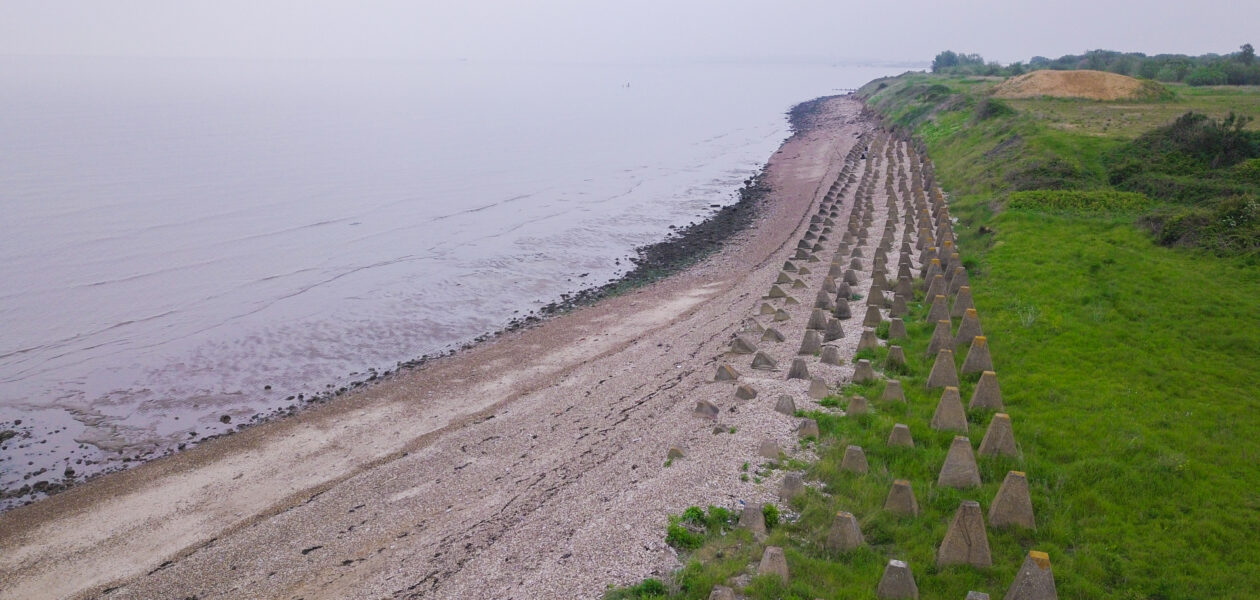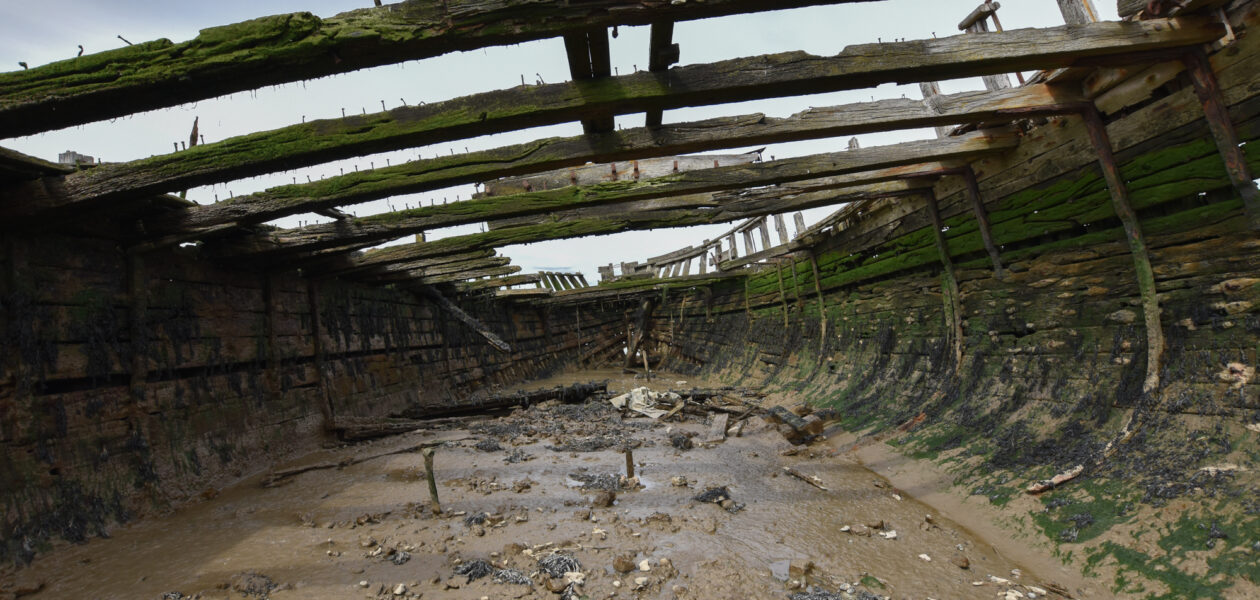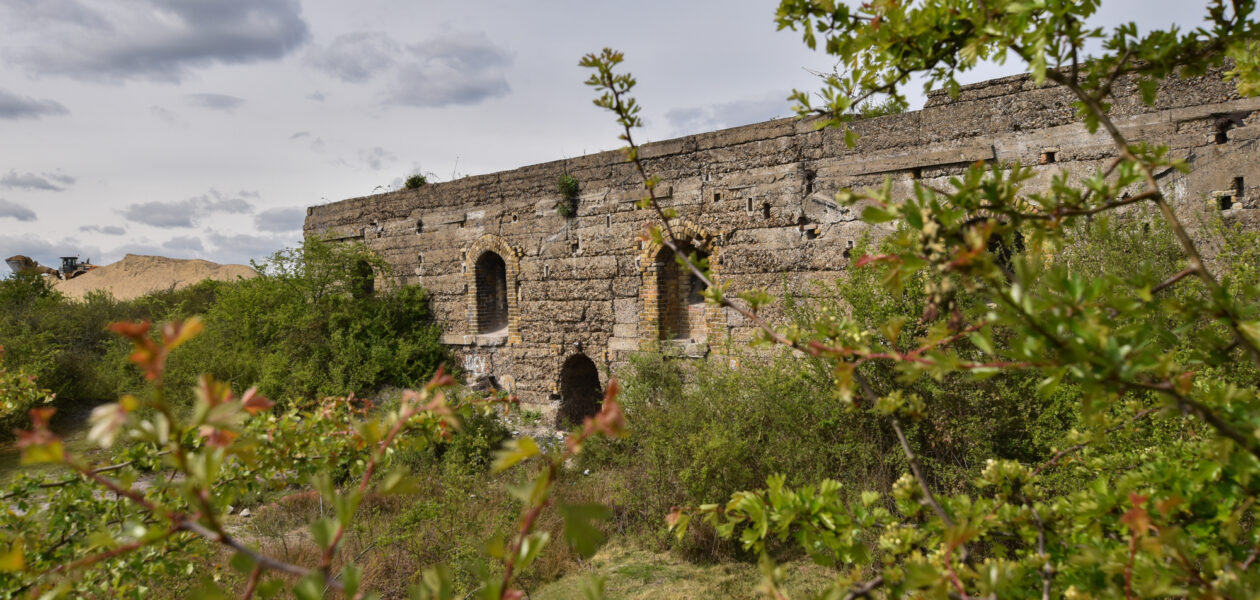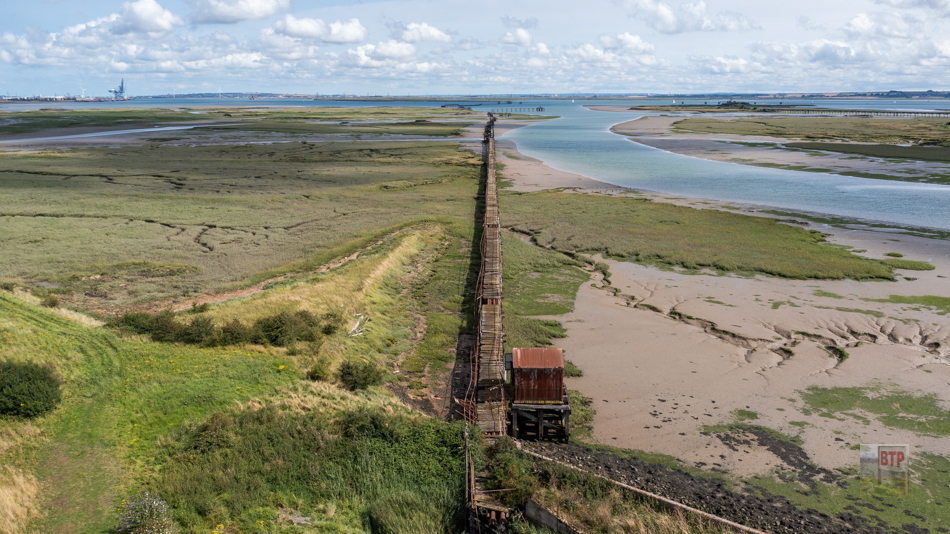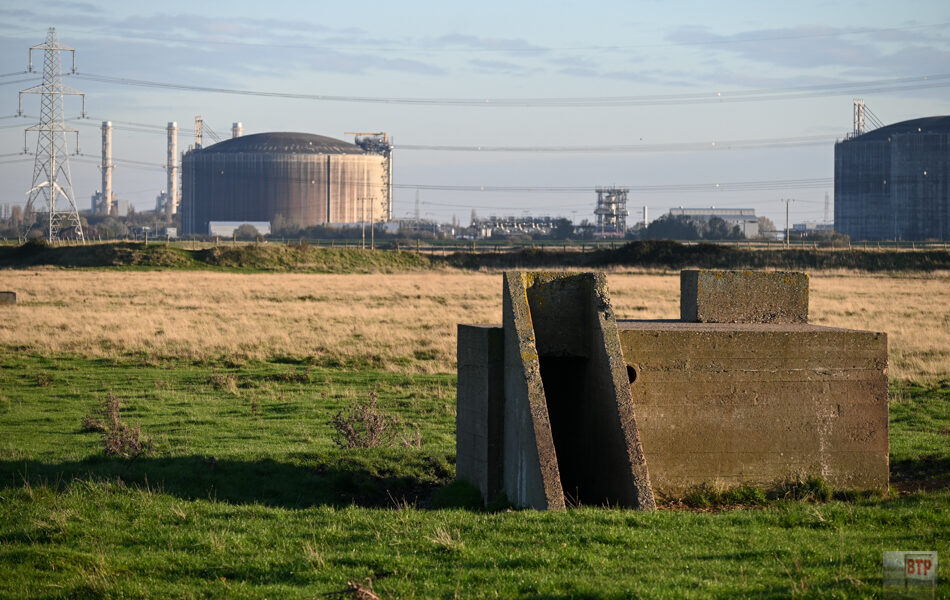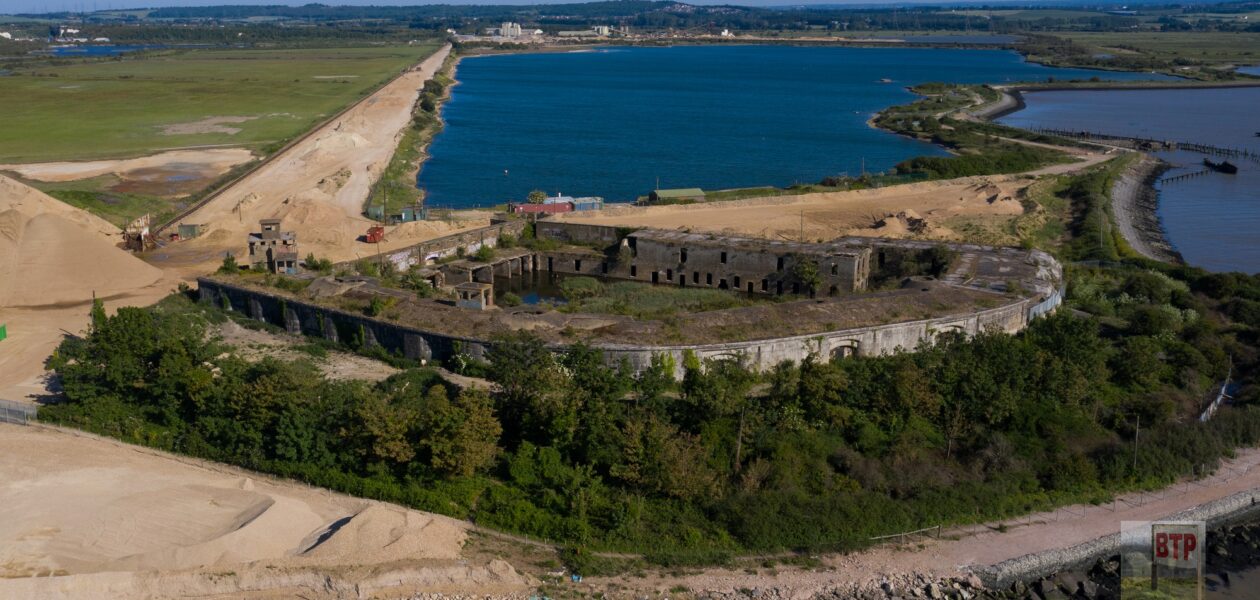Grain Dummy Battery
Grain Dummy Battery, originally known as Grain Battery, was built shortly before Grain Fort, completed in 1865 to support two nearby forts; Grain Fort and Grain Wing Battery. Following the usual design for batteries, it consisted of several gun emplacements with magazines below. Unlike other forts, it’s likely that this one was out of service…
View More
